Origins and Evolution of the Pesh-kabz
A Formidable Weapon Born in Safavid Persia

Discover the rich history and exquisite craftsmanship behind the Pesh-kabz, an iconic Indo-Persian knife that originated in Safavid Persia during the 17th century. Initially designed as a weapon to penetrate mail armor, the Pesh-kabz quickly gained popularity and spread to Central Asia and the Indian subcontinent. In this article, we will delve into the origins, features, and cultural significance of this remarkable blade, exploring its enduring legacy in both warfare and ceremonial traditions.
Design and Features
A Unique Blade Design for Lethal Precision
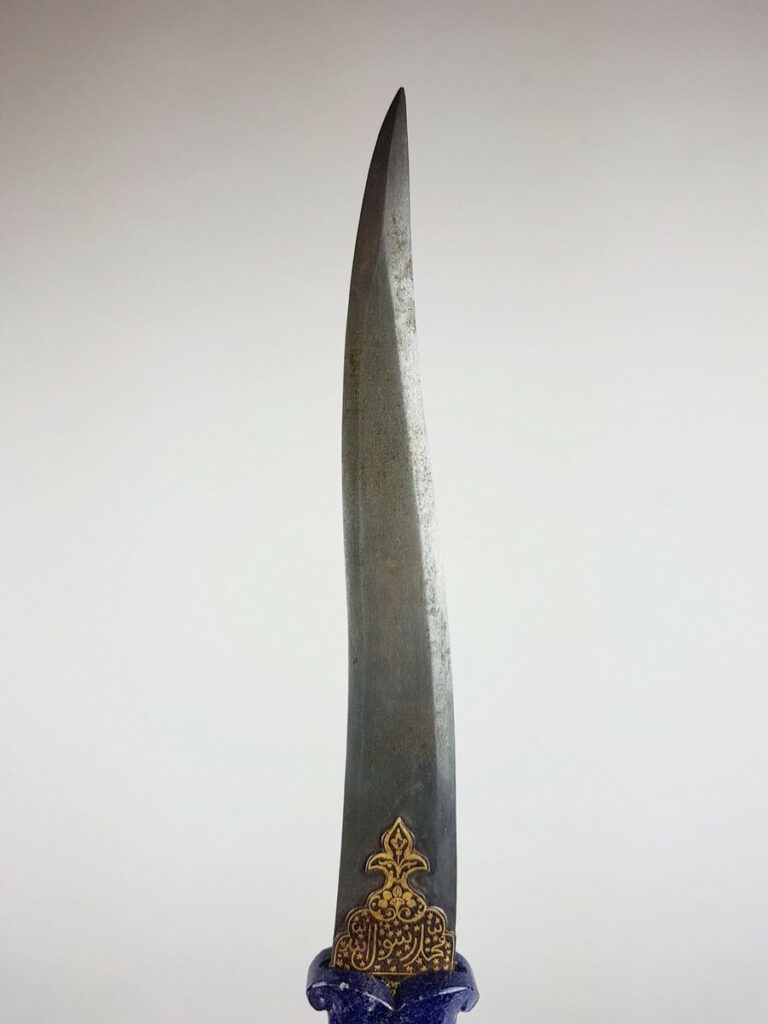
The distinguishing features of the Pesh-kabz lie in its distinct blade design. Typically, the knife boasts a hollow-ground, single-edged, recurved blade, characterized by a thick spine and a “T” cross-section. This unique construction enables the blade to effectively penetrate mail armor, making it a preferred choice among warriors. The blade broadens towards the hilt and tapers to a needle-like tip, allowing for both thrusting and slashing techniques. Generally, the Pesh-kabz measures around 40-46 cm in length, with a blade ranging from 28-33 cm.
Exquisite Craftsmanship and Materials
Artistry and Opulence in Every Detail
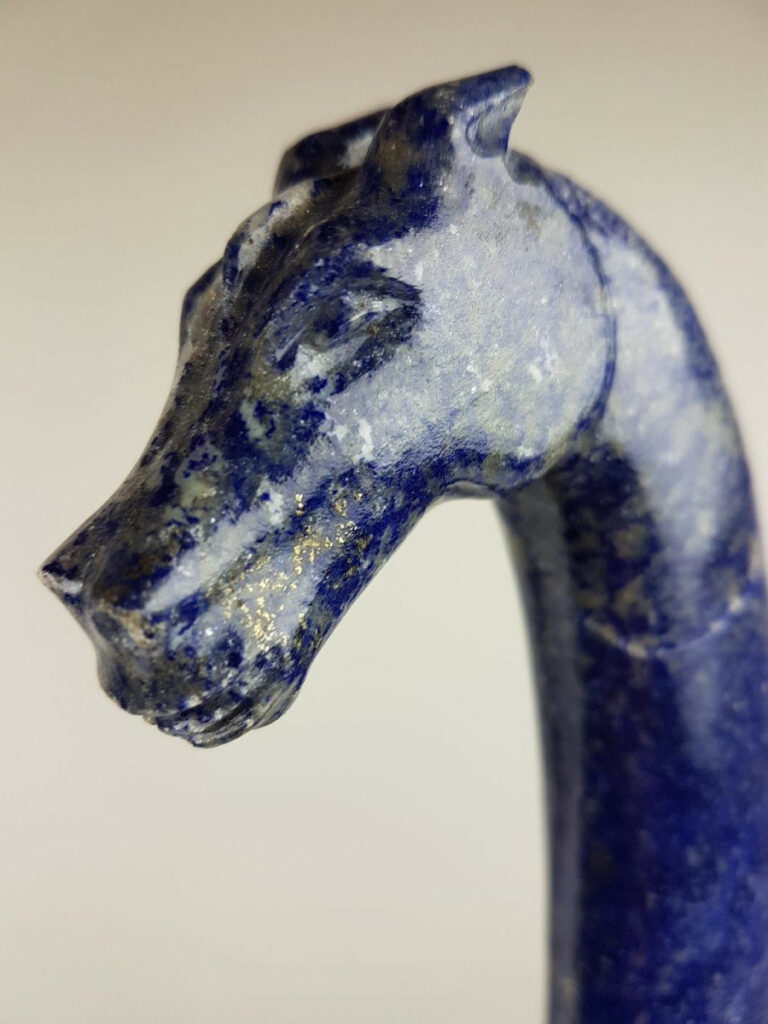
The Pesh-kabz is renowned not only for its deadly functionality but also for its exquisite craftsmanship. Traditionally, the knife features a full-tang construction, ensuring durability and strength. The handle materials vary, with walrus ivory being a popular choice. However, artisans also employ other materials such as rhino or elephant ivory, wood, and various stones to create intricate and decorative handles. Sheaths, often crafted from metal or leather over wood, are frequently adorned with silver embellishments or precious stones, adding a touch of opulence to this formidable weapon.
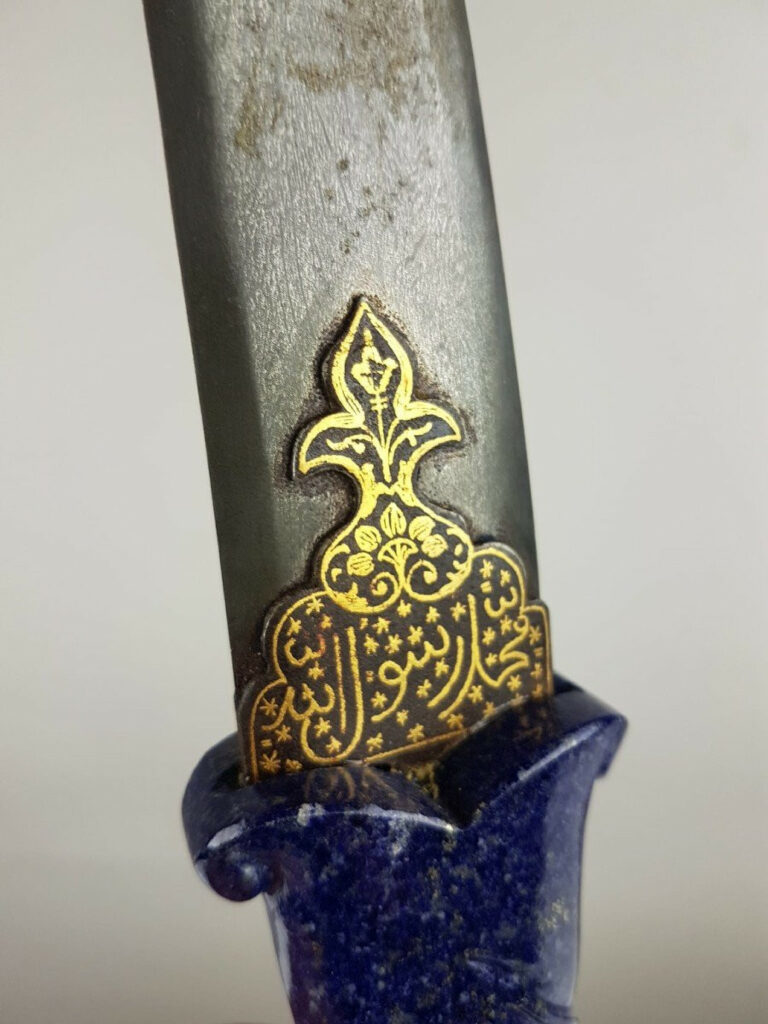
Legacy and Cultural Significance
A Symbol of Honor and Tradition
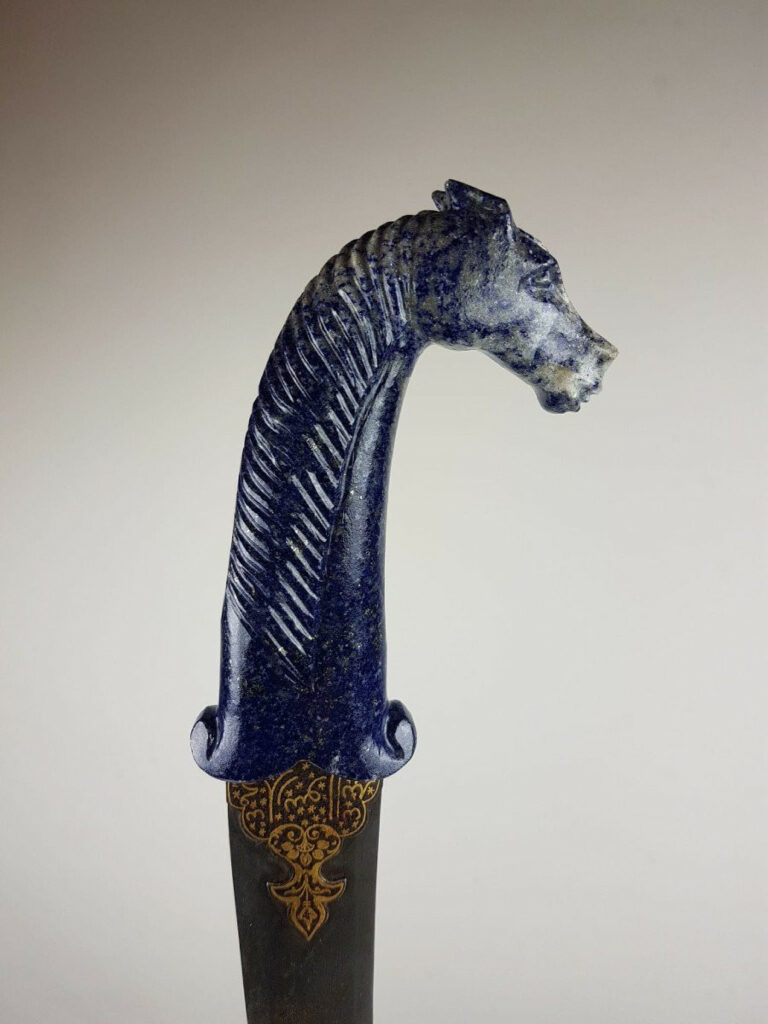
The Pesh-kabz continues to hold a significant place in Afghan tribal culture, serving as both a weapon and a symbol of honor. Its timeless design and functionality have allowed it to withstand the test of time, remaining relevant in modern-day usage. The knife’s reputation as a powerful ceremonial badge further reinforces its cultural significance, representing courage, strength, and tradition.
Conclusion:
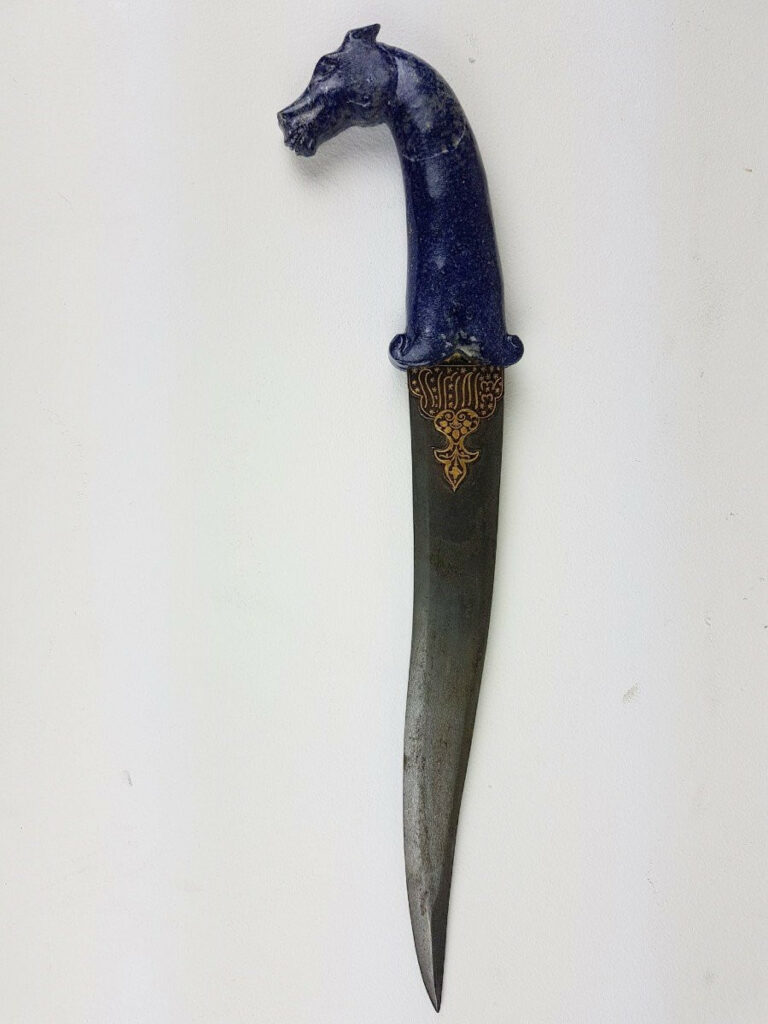
The Pesh-kabz stands as a testament to the ingenuity and craftsmanship of Indo-Persian artisans. From its origins as a weapon devised to counter mail armor to its enduring presence in Afghan tribal culture, this iconic knife has left an indelible mark on history. Its unique blade design, exquisite materials, and cultural significance make the Pesh-kabz a captivating symbol of power and beauty. As we admire these masterpieces, we pay homage to the skilled artisans who created them and the rich heritage they represent.
